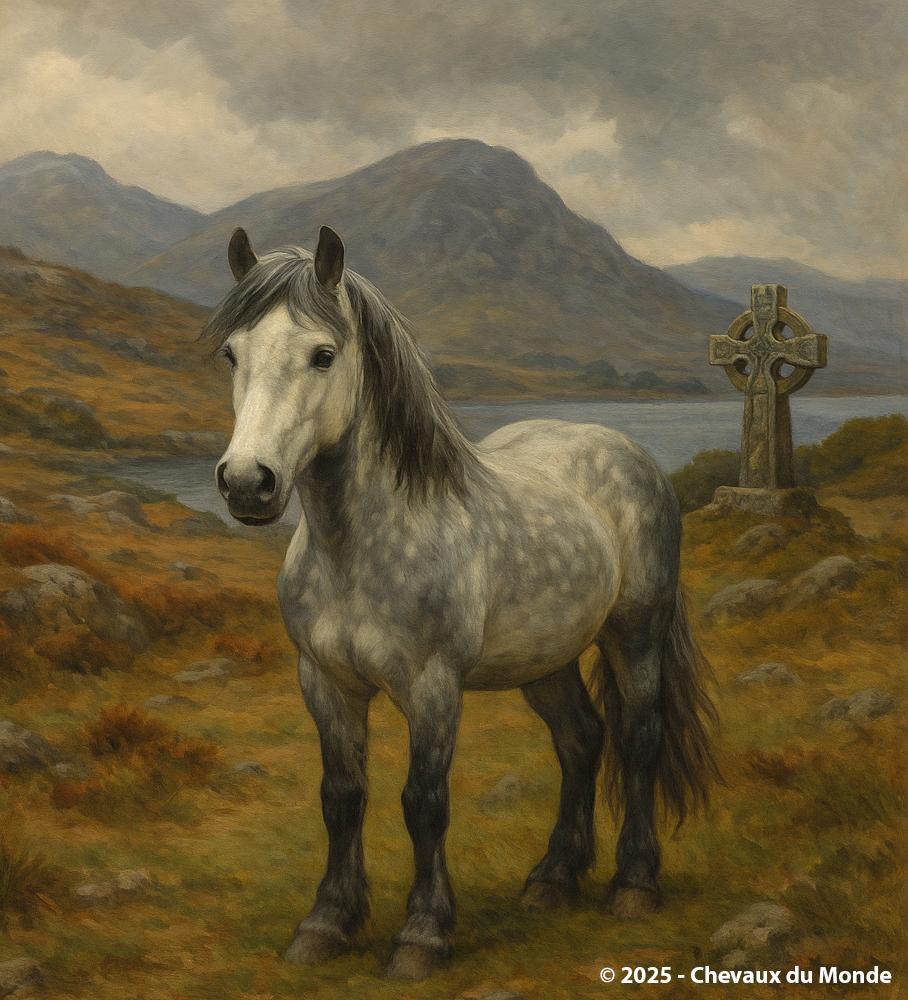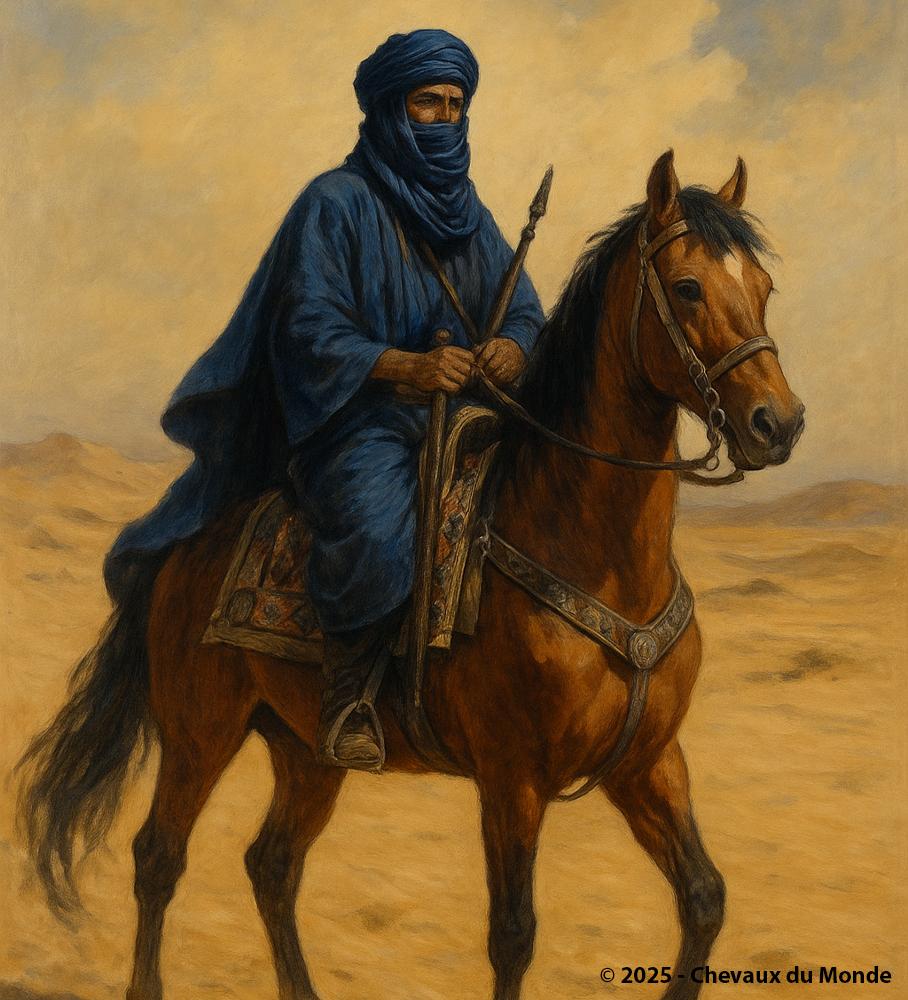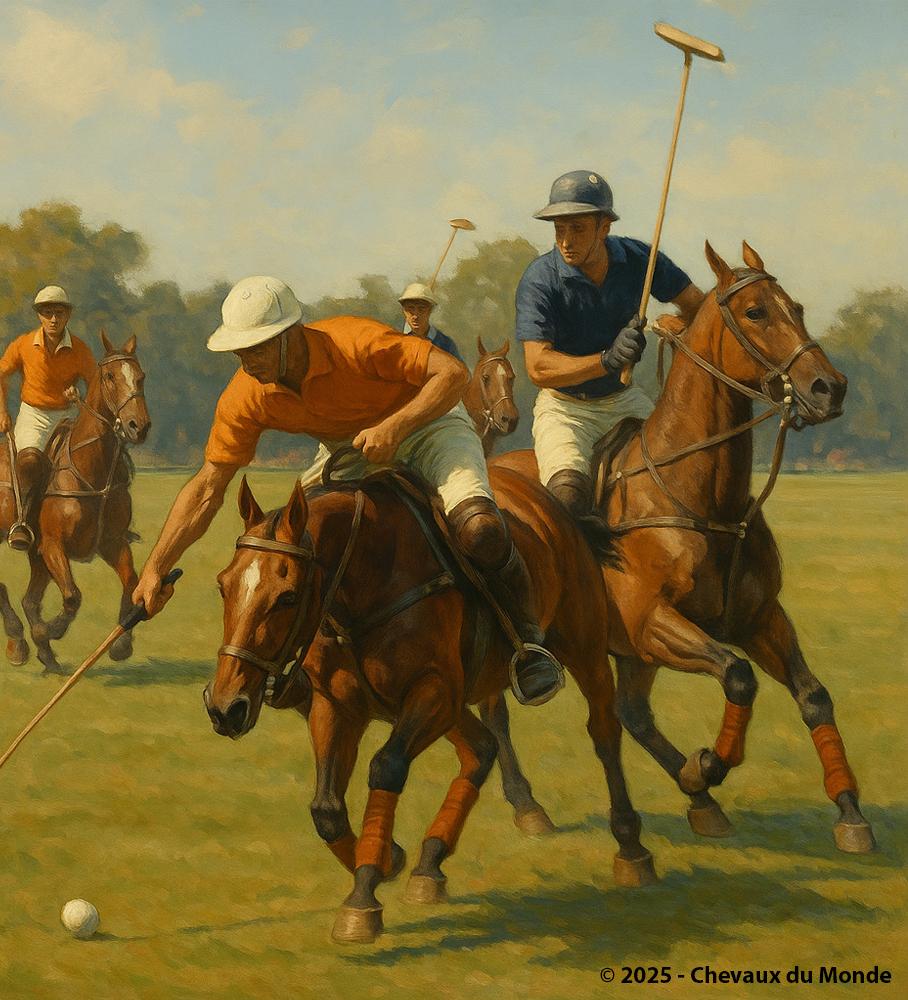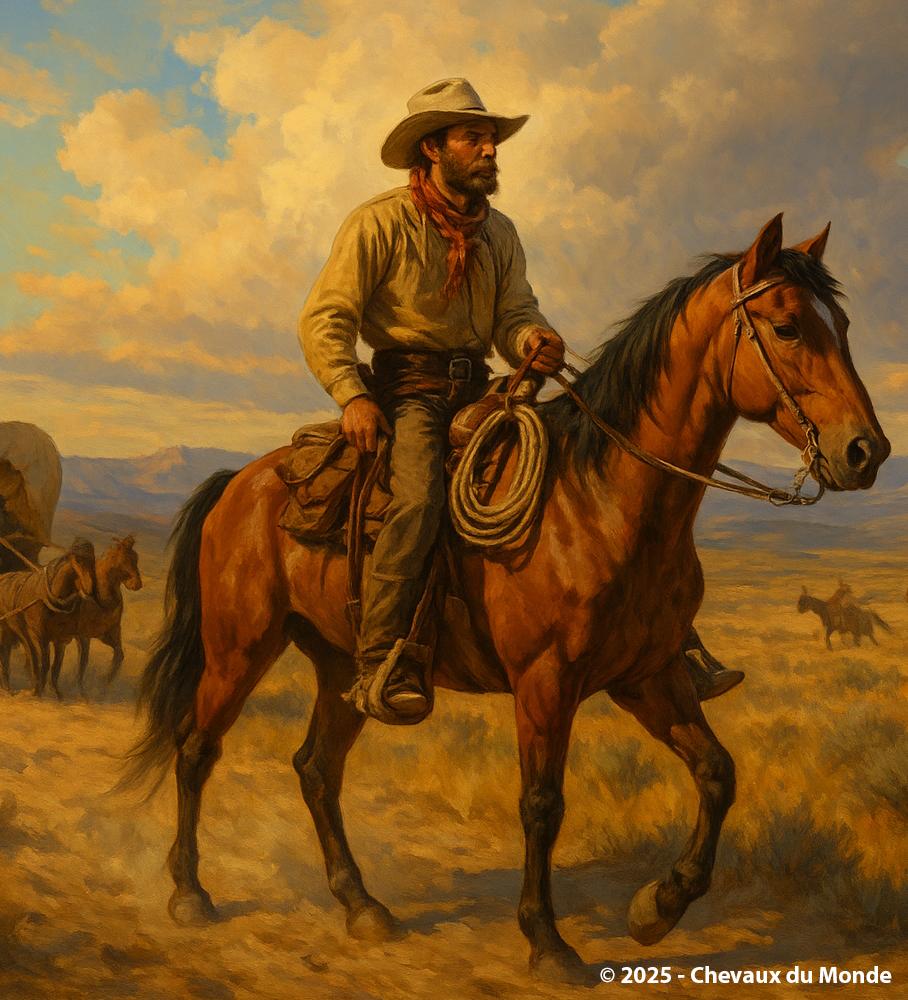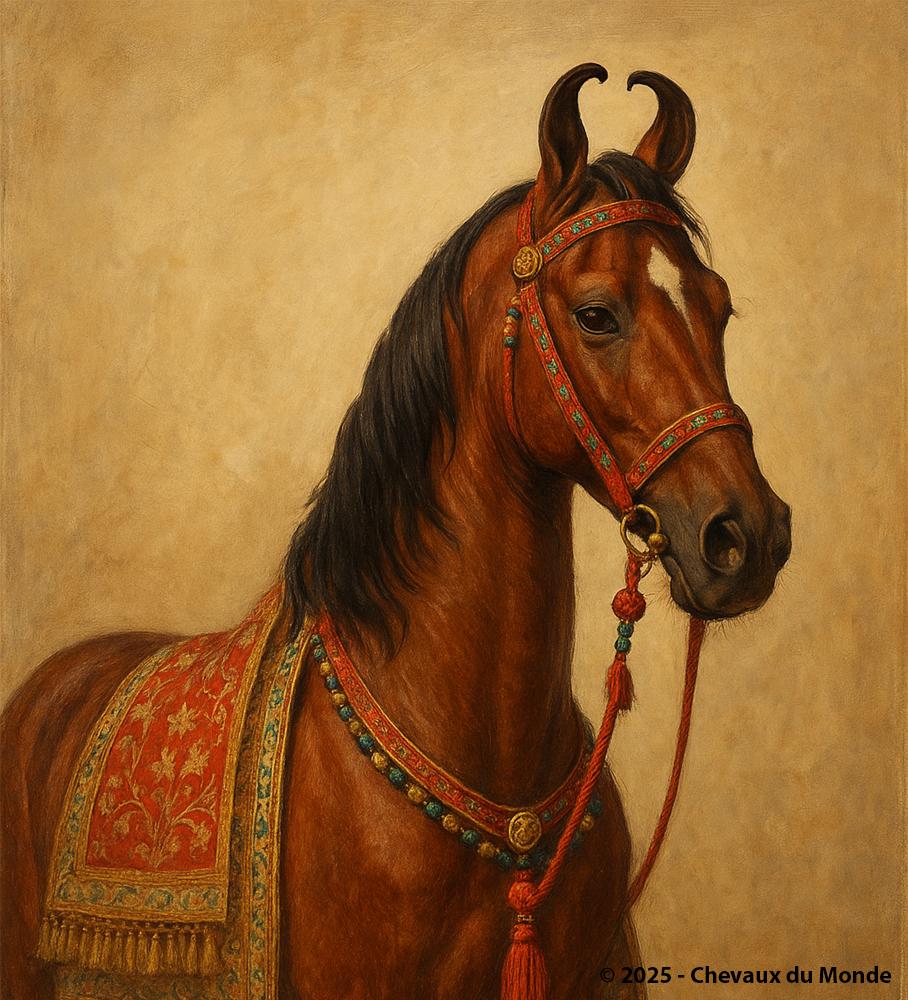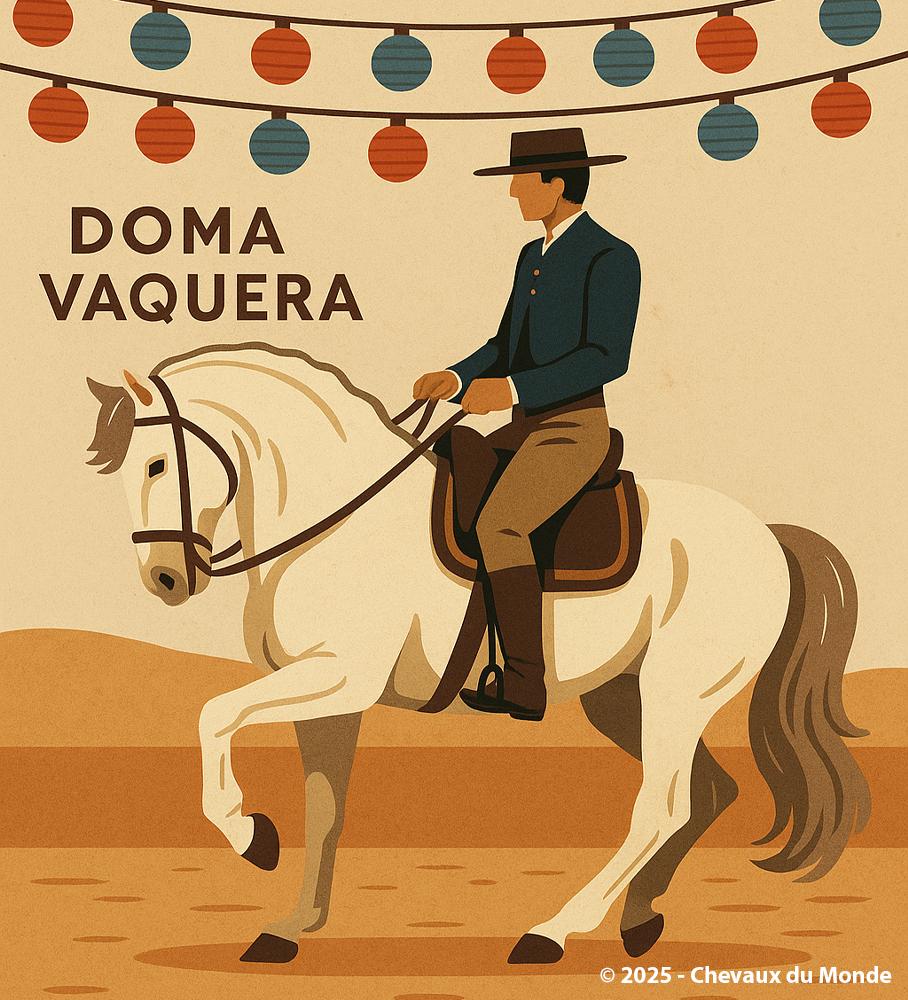HORSES, RIDERS AND WARRIOR CULTURE AT THE HEART OF MOROCCAN IDENTITY
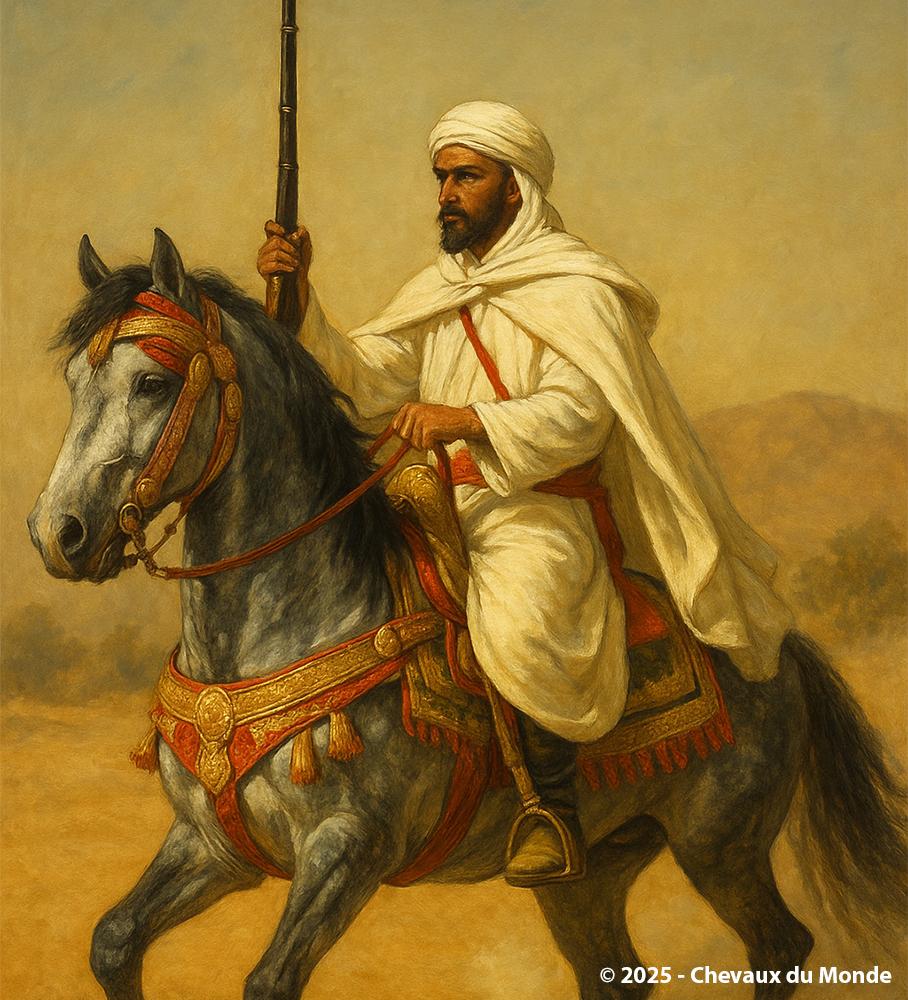
The Moroccan Fantasia, or Tbourida, is a breathtaking equestrian display blending warrior tradition, horsemanship, and cultural pride. Horse and rider, richly dressed, symbolize tribal honor and heritage.
In Morocco, the horse is far more than a companion animal it is a living symbol of honor, bravery, and tribal pride. Among the most spectacular traditions involving this noble creature is fantasia, also known as tbourida: an equestrian display blending harmony, fire, and power. Rooted in ancestral military practices, it has evolved into a unique form of living heritage, at the crossroads of ritual, sport, and art.
Historical Origins
Fantasia has its roots in the tribal warfare practices of Berber and Arab peoples. Long used to intimidate, celebrate victory, or demonstrate group strength, this discipline gradually developed into a codified expression of collective identity.
It was once a form of combat training, aimed at perfecting group coordination and horse control in hostile environments. Even today, each performance echoes these ancient practices with emotional intensity and symbolic power.
The Barb Horse: A Quiet Hero
At the heart of fantasia stands the Barb horse, perfectly suited to this tradition. Strong, resilient, agile, and intelligent, it can gallop in tight formation and stop abruptly on command without losing balance or composure.
Its proud bearing and willing nature make it the ideal partner for the fantasia rider. The horse is adorned with richly decorated tack: embroidered saddle pads, ornate saddles, beaded bridles often in bright or metallic tones. The horse becomes both a work of art and a war mount.
The Tbourida Rider
More than a participant, the rider is the inheritor of centuries-old traditions. Often chosen at a young age within the tribe or village (douar), he is rigorously trained in both horsemanship and handling the traditional musket.
His outfit follows strict codes: a white or colored djellaba, a hand-wrapped turban, a traditional belt, and sometimes a decorated gandoura. He carries a long black powder musket known as a moukahla, which must be handled with great precision.
The honor of the group depends on the rider’s ability to fire at the exact same moment as the other riders during the final charge. Any delay is seen as a serious fault.
The Sequence of a Fantasia
A fantasia is a ritualized performance, made up of several key stages:
- Harka: A dozen riders (or more) line up side by side.
- The Charge: At the command of the troupe leader (mokaddem), they gallop forward in perfect unison.
- Baroud: At the end of the charge, all riders fire a single synchronized gunshot, filling the air with smoke and sound.
- The Halt: The horses stop abruptly. The audience holds its breath. The echo of the gunfire determines the success of the performance.
This intense moment embodies mastery, coordination, and the transmission of a martial skill transformed into popular art.
A Living, Celebrated Tradition
Fantasia is practiced throughout Morocco, with regional variations in costume, music, and horse tack. It is central to many religious and cultural festivals called moussems, which bring together tribes, families, and spectators around a shared passion.
Since 2021, tbourida has been inscribed on UNESCO’s Intangible Cultural Heritage list, recognizing its historical and social importance within Moroccan culture.
Rural Life, Transmission, and Tribal Pride
In rural areas, horses are often bred specifically for fantasia. Each tribe has its own troupe, passed down from generation to generation. Riders are trained from a young age, and taking part in a major fantasia is seen as a rite of passage.
Fantasia also plays a vital role in preserving the Barb horse, a breed once neglected in favor of imported sporting horses. Today, Moroccan breeders are working to reclaim and celebrate this local genetic heritage.

